The Independent's journalism is supported by our readers. When you purchase through links on our site, we may earn commission. Why trust us?
How to clean a mattress, according to experts
Stop dust mites, pollen and bed bugs in their tracks with tips to keep your sleeping space clean

Whether you’ve discovered bed bugs or you simply want to keep your mattress in pristine condition, it’s important to know how to spot the signs of an infestation as well as how to properly clean your mattress.
Discovering bed bugs doesn’t necessarily mean you have a dirty home. These unwanted critters can hitch a ride on your clothing or luggage after a trip away. They can also be hiding out in second-hand furniture.
Unfortunately, bed bugs are notoriously some of the most difficult pests to get rid of once they’ve set up camp. While they can be found almost anywhere – think loose wallpaper, televisions and plug sockets – mattresses are among the most common places for the insects to inhabit.
To help you know how to deal with bed bugs as well as how to prevent them, we’ve spoken to the experts to find out all there is to know about cleaning your mattress, from how often you should be doing it to the best products to use.
Furthermore, if you’re looking for an in-depth buying guide about the best sleep-related content, you can also consult our round-up of the best mattresses, as well as best pillows and best mattress toppers. We also provide sales advice for any kind of mattress deals, from Amazon Prime Day to Black Friday.
How often should you clean your mattress?
Even though we spend a third of our lives in bed, most people don’t even think about cleaning their mattress until something is spilt on it. However, Samantha Parish, Hypnos interior design consultant, previously told The Independent it’s important to air your mattress on a weekly basis, to prevent a build up of dust and dirt: “Simply leave the bed linen turned back for a few hours each time and allow air to circulate around and through the mattress,” she said.
In addition, Simon Williams, a spokesperson from the National Bed Federation recommends giving your mattress a deeper clean using a vacuum every six months.
If you suspect you may have bed bugs however, it’s recommended to clean your mattress immediately.
What do you need to clean a mattress?
If you spot signs of a bed bug infestation, the British Pest Control Association (BPCA) recommends taking action to eliminate them as soon as possible using a pest control company that has experience removing stubborn infestations. This may include use of chemical insecticides to kill the bugs.
Alternatively, if you simply want to try and reduce the likelihood of getting bed bugs, there are a few things you can do yourself.
The first step, according Kate Dutton, product director for Eve sleep, is to vacuum your entire mattress. “You’ll need a vacuum cleaner with a suction tool attached, a damp cloth and, if you have it, stain remover, along with some good old-fashioned elbow grease,” Dutton tells The Independent.

For hassle-free hoovering, IndyBest recommends Shark’s stratos anti-hair-wrap plus pet pro cordless vacuum (£449.99, Sharkclean.co.uk), which came in at number one in our review of the best cordless vacuum cleaners.
It will give you up to two hours of run-time, is designed with the brand’s clean sense IQ technology, which delivers up to 50 per cent more dirt pick-up, and includes four different tools to help you get into all the nooks and crannies. “If having a clean home fills you with joy, the Shark stratos will make you euphoric,” our tester said.
What’s the best way to clean a mattress?
Williams then recommends sprinkling your mattress with baking soda and leaving it for 30 minutes before vacuuming, to help get rid of odours and dust and grime. “It’s also worth turning the mattress over to clean both sides, even if your mattress is a single-sided product,” he adds. For an even deeper clean, the baking soda can be left for as long as 10 hours.

Dutton also advises to clean the top and sides of the mattress using a vacuum that comes with a suction tool, such as the Dyson V12 detect slim (£449, Very.co.uk), which was selected as the best cordless vacuum for suction in our round-up. This, she says, should be followed by a damp cloth and stain remover to gently rub away any stains. “It’s important not to soak the mattress and only use a damp cloth. You’ll just need to leave your mattress to air dry afterwards, so it might be worth doing this first thing in the morning,” Dutton explains.
If your mattress comes with a removable cover, most can be put in the washing machine at 40C, then put back on your mattress once totally dry. However, if you suspect a bed bug infestation, the BPCA recommends washing everything at a hot (60C) temperature setting, followed by tumble drying at a hot setting for at least 30 minutes. In extreme cases, you can also place everything into a bag and then in the deep freezer for at least three days.
How can you clean stains from a mattress?
When you have a bed bug infestation a common sign is finding bloodstains on your sheets and pillowcases.
If you’re struggling to remove such stains from your mattress post-infestation, the National Bed Federation recommends using a proprietary stain remover, or upholstery cleaner, followed by cold water. In our round-up of the best refillable cleaning products, Fill’s destainer jar (£8.17, Fillrefill.co) was chosen as the best product for stain removal.
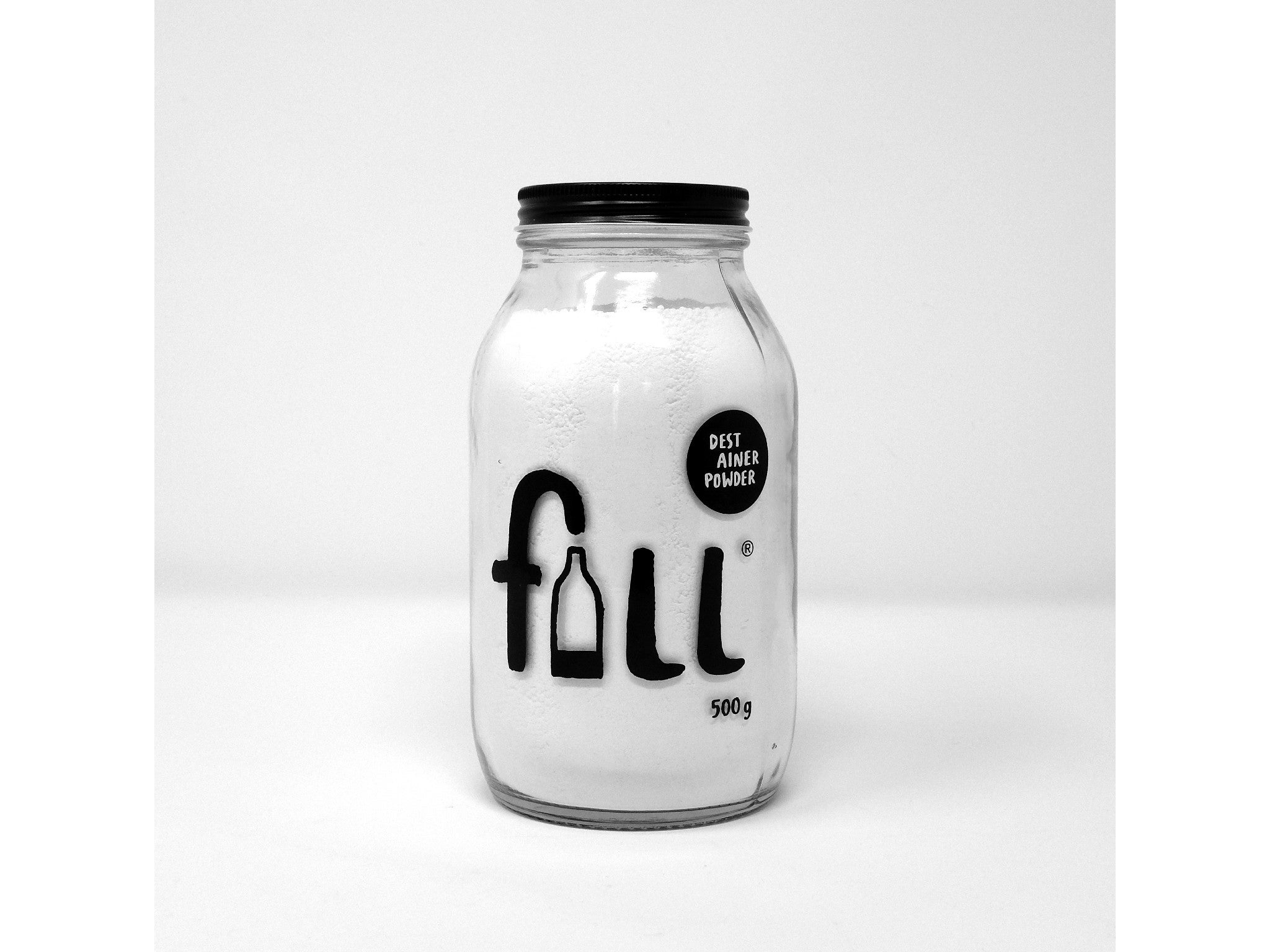
“We were very happy to find the brand stocks a stain remover that can rival Vanish’s,” our tester said. “Fill’s de-stainer is a low-temperature oxygen stain-removal powder, which can be used for laundry and home stain removal. As well as laundry, we were able to use the destainer on stained mugs and bottles, as well as on surfaces and sinks, by making up a paste and leaving it to soak for 15 minutes before rinsing.”
For other stains such as urine, vomit and diarrhoea, the National Bed Federation suggests using a sponge dampened with a warm solution of mild detergent or upholstery shampoo. This should be followed by cold water and a few drops of an antiseptic such as Milton sterilising fluid (£2.75, Boots.com).
How can you stop a mattress from smelling?
As well as stains, pesky critters can also release a very strong musty odour from their scent glands, so unusual smells can also be a sign of their presence.
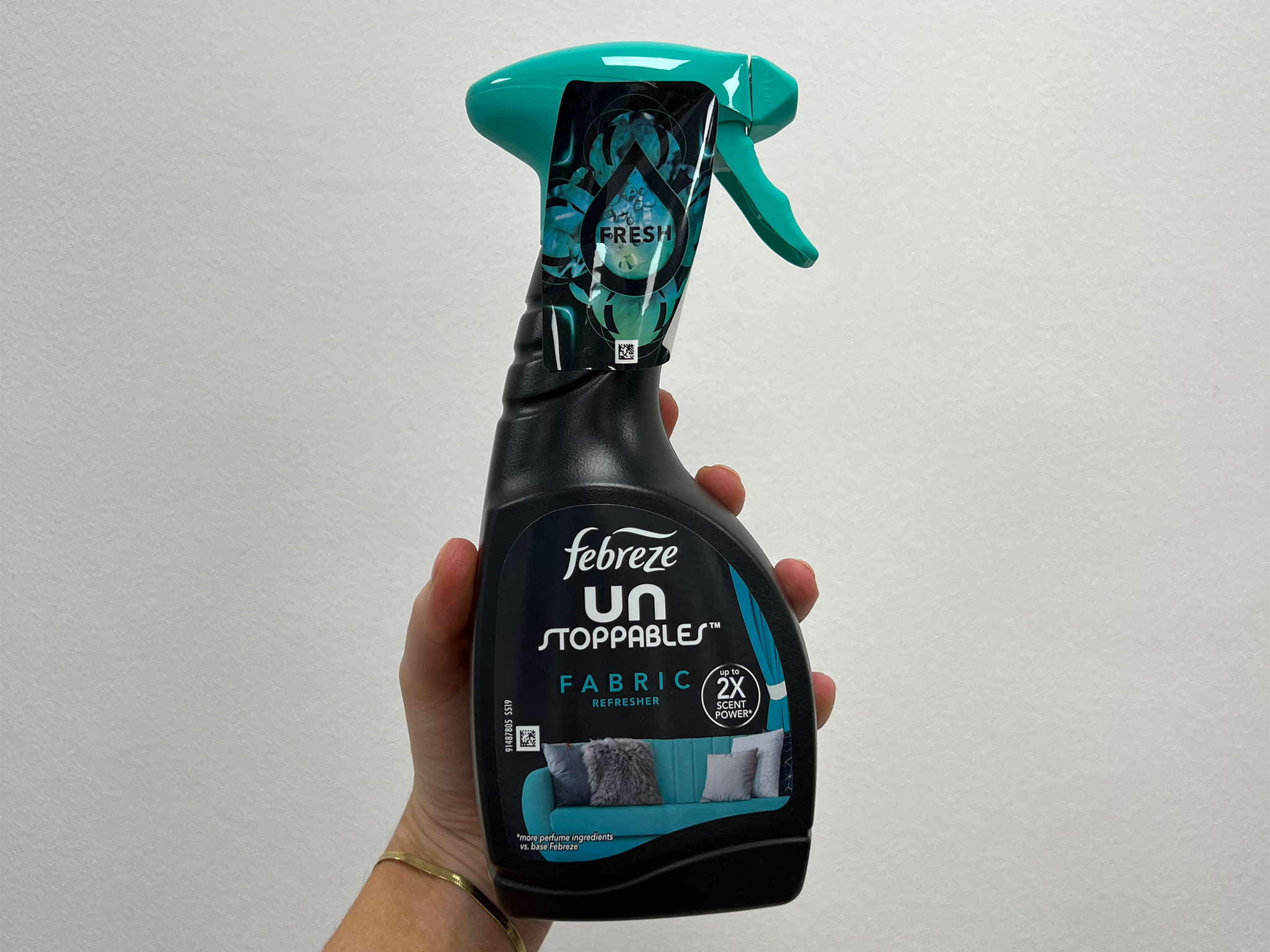
To keep your bed odour-free, Williams suggests regular airing, so every morning throw back the bedclothes with the windows open to let the fresh air get to it and spray with a fabric freshener. The Febreze unstoppables fabric refresher cotton scent (£2.99, Wilko.com) was chosen as the best buy in our round-up of the best refresher sprays with our tester saying it “really packs a punch”.
Do you need a mattress protector and topper?
In short, yes. A mattress protector keeps bed bugs and dust mites away, as well as acting as a hygienic divider between you and your mattress.
“Using a mattress protector will mean you don’t need to clean your mattress as often. A good tip is to buy two mattress protectors, so when one is in the wash, you can use the other one,” says Williams.
Invest in a topper too. A good mattress topper will transform a bumpy mattress into a comfy nest, providing extra support and padding to aches and pains. Plus, come winter, it will act as an extra layer of insulation.
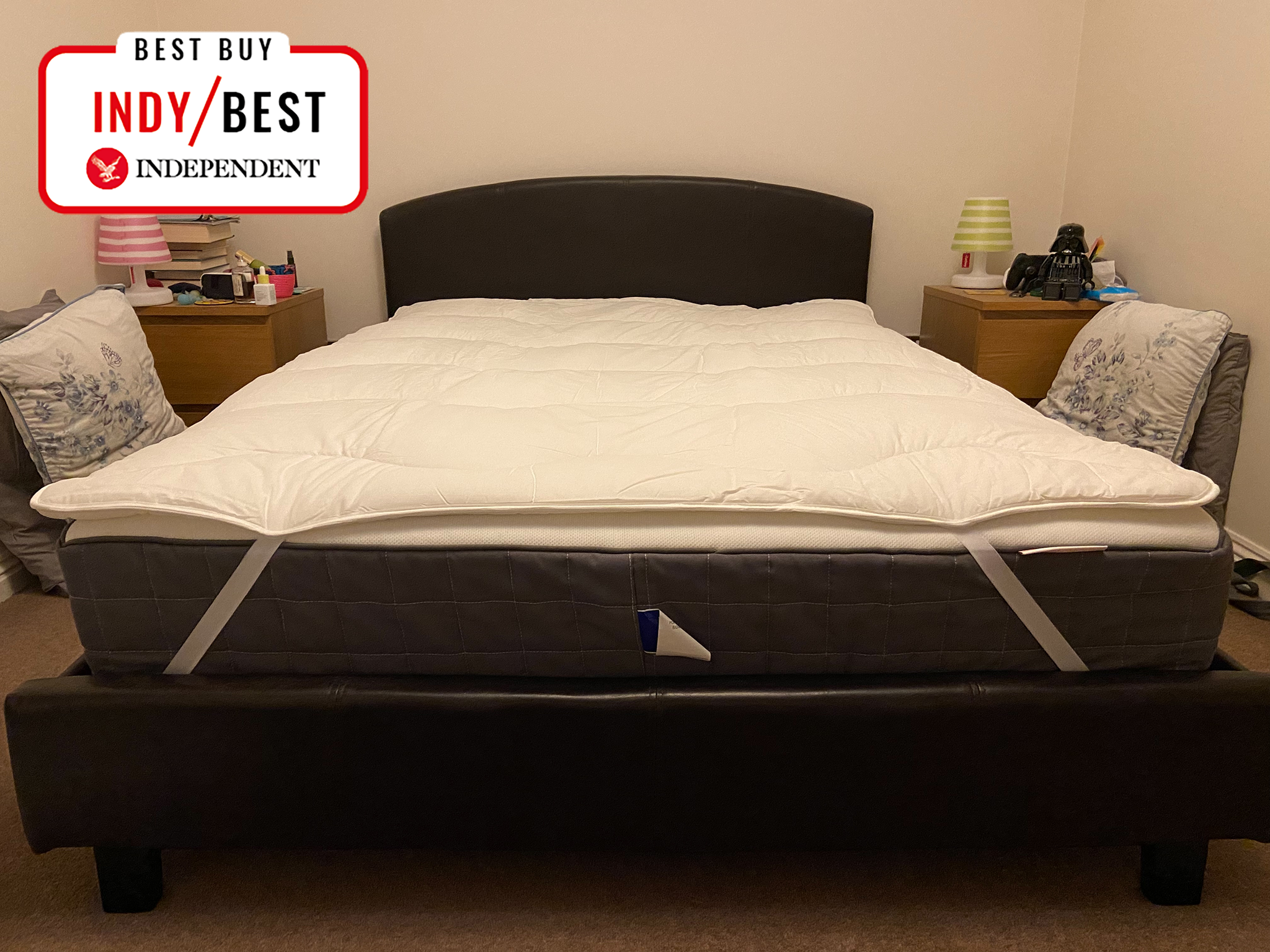
Most importantly, it will be a barrier between stains and spillages and your mattress. In our guide to the best mattress toppers, the M&S comfortably cool mattress topper (from £69, Marksandspencer.com) took the top spot, earning rave reviews for its generous depth and cooling abilities.
“It kept us wonderfully cool (the blurb credits this to climate control technology, but we suspect the heavy use of cotton had a role, too) and provided just the right amount of support,” our tester said.
How often should you flip your mattress?
Flipping your mattress is key to prolonging its life and comfort, but how often you flip it depends on the material from which it is made.
Dutton says: “Old-school ‘open coil’ spring mattresses need regularly flipping, around once every six months. The more-modern memory foam and hybrid mattresses (combination spring and foam) don’t need flipping but do need rotating every month for their first six months.”
When is it time to buy a new mattress?
The general rule is after seven to eight years of use, but you should look into buying a new one if you have discovered bed bugs or if your current one is sagging or squeaking.
It’s also important to be aware of any physical effects an old mattress can have, according to Williams, who says you should buy a new one if you don’t feel refreshed after a night’s sleep, or often wake up with aches and pains.
Hygiene comes into play here, too – if your mattress is nearing its shelf life, it’s important to take into account how soiled it is when considering getting a new one.
“It’s not just the physical state of the mattress but the fact it will have absorbed a lot of moisture and dead skin cells over the years, making it a great breeding ground for the house dust mite,” says Williams. “You use your mattress for around seven to eight hours every day and yet still expect it to be performing like new after several years – it won’t.”
What mattress should I buy?
In our review of the best mattresses, where we reviewed memory foam, pocket-sprung and hybrid designs, the Hypnos wool origins 6 mattress (£1,576.75, mattressman.co.uk) was named our best buy.
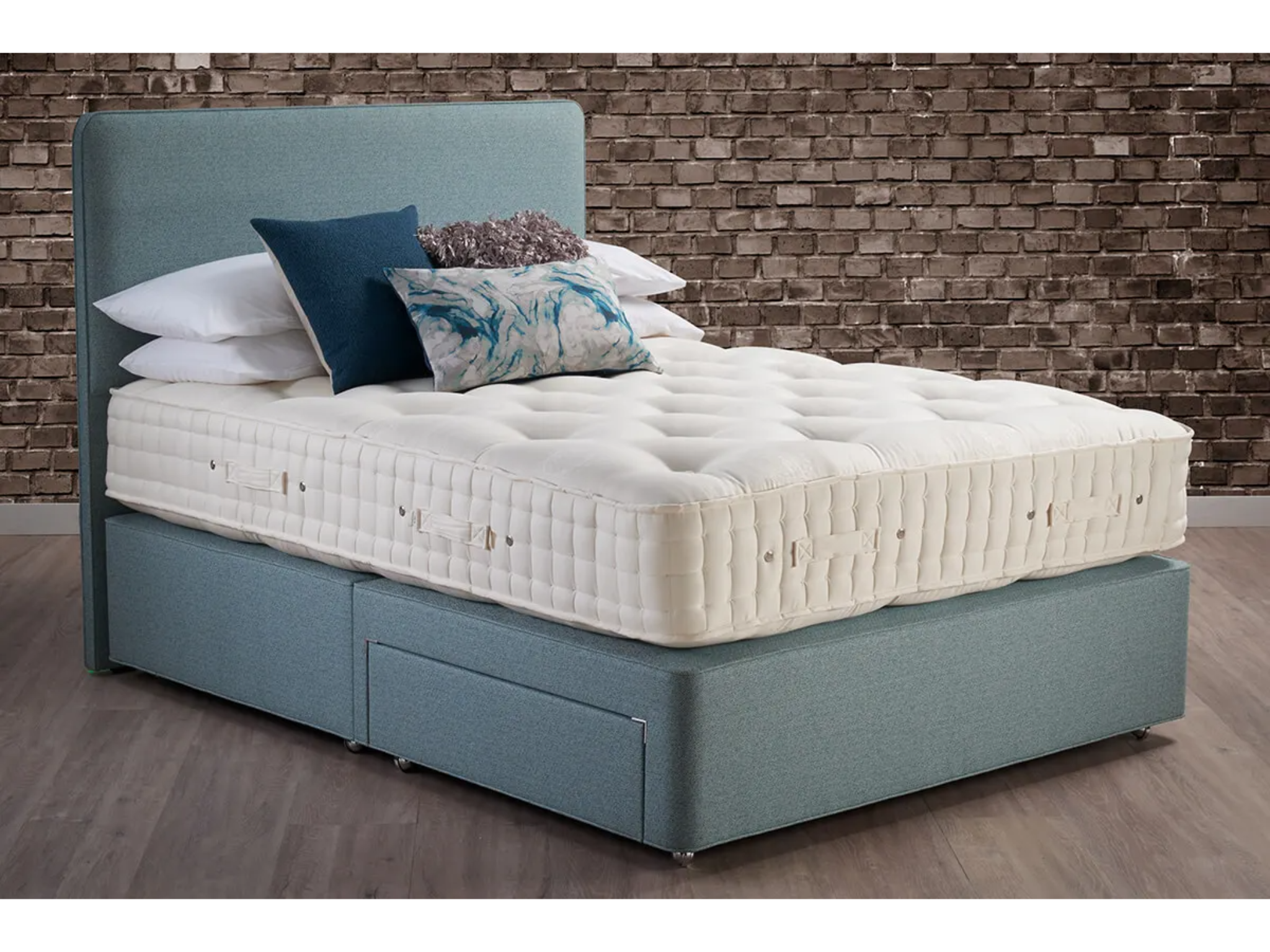
The pocket-sprung mattress was hailed for providing “fantastic support” no matter which position our tester slept in, and for ensuring they had no pain or aches in the morning. “This mattress is perfect for even the fussiest of sleepers,” they said. “We love that every Hypnos mattress is handmade by craftspeople in the UK – this is a truly British mattress right here.”
If it’s a hybrid mattress you’re after, though, we recommend the Simba hybrid luxe mattress (from £1,199, Simbasleep.com), which was praised for delivering great back support in our tried and tested review.
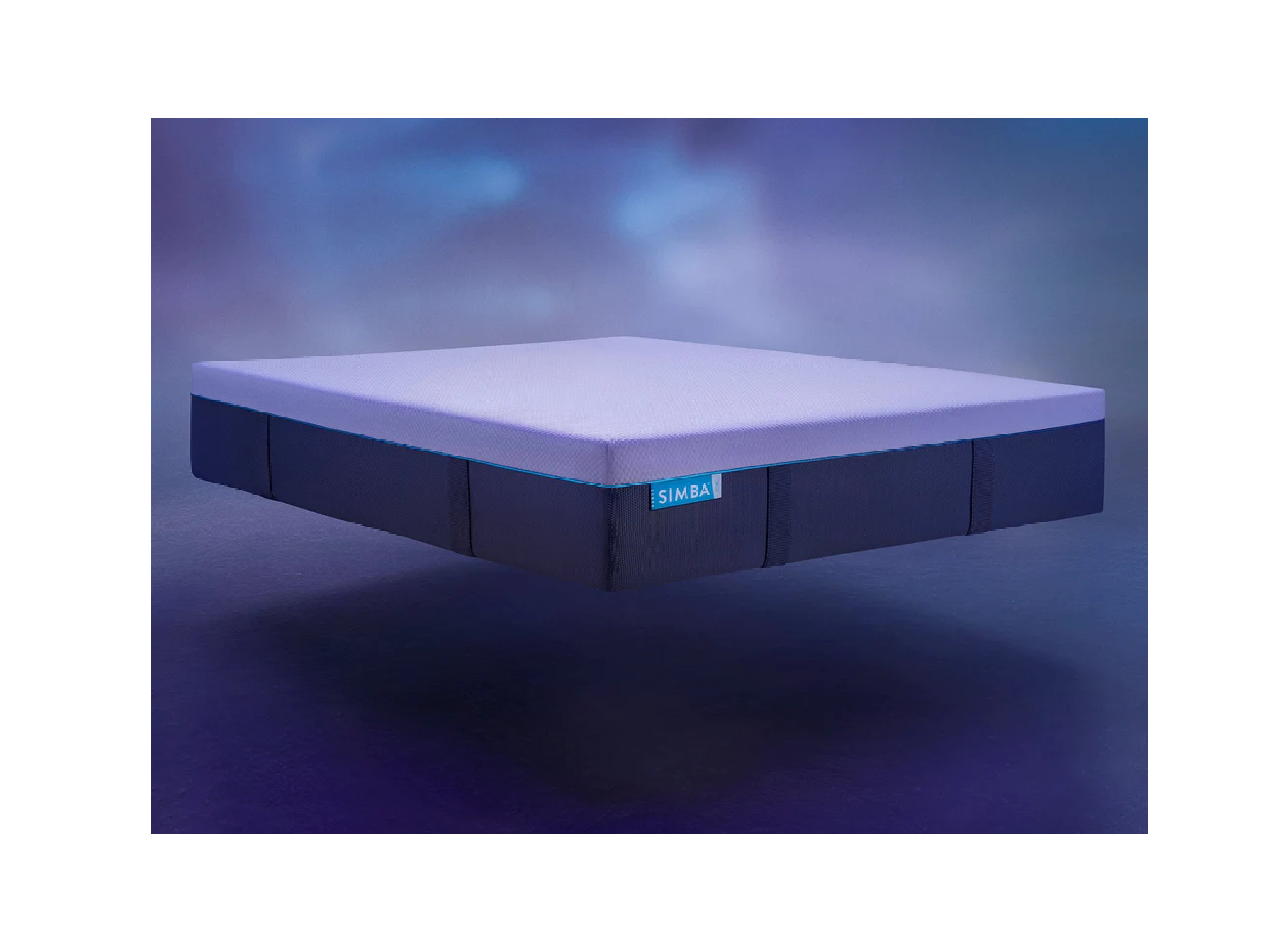
“The hybrid luxe boasts 10 layers, which makes the mattress thick (although it arrives Swiss-roll style),” our tester explained. “There’s a textured, breathable ticking, which is grippy to prevent your sheets from slipping around. There are also three layers of springs, two of which are Simba’s own aerocoils, and some sturdy-sounding steel base springs.”
For more cleaning tips, read our guide to the best corded vacuum cleaners



